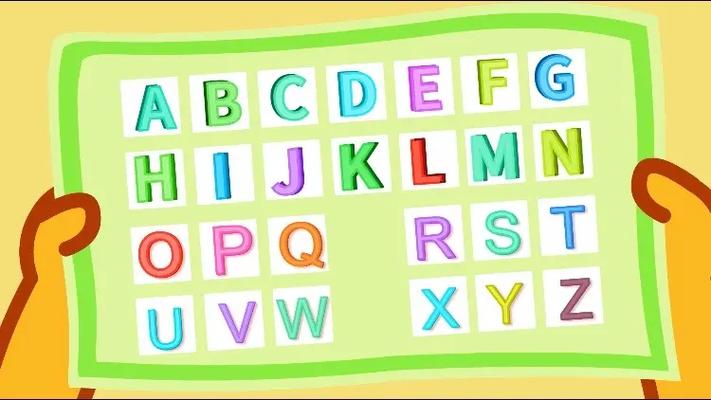早教英语歌曲舞蹈视频
Title: Early Childhood Education through Movement: Benefits and Practices
Introduction:
Early childhood education is crucial for a child's holistic development, and incorporating movement into educational activities can significantly enhance their learning experience. In this article, we'll explore the benefits of incorporating movement into early childhood education and discuss some effective practices.
Benefits of Movement in Early Childhood Education:
1.
Physical Development:
Movement activities promote gross and fine motor skills development in young children. Through activities like crawling, walking, jumping, and dancing, children strengthen their muscles, improve coordination, and enhance balance and spatial awareness.2.
Cognitive Development:
Movement stimulates various areas of the brain, fostering cognitive development. Research shows that physical activity enhances memory, attention, and problemsolving skills in young children. Engaging in movementbased learning activities can improve cognitive functions such as planning, decisionmaking, and spatial reasoning.3.
Social and Emotional Development:
Movement activities provide opportunities for social interaction and emotional expression. Group activities like dancing or playing games encourage cooperation, teamwork, and communication skills. Additionally, movement allows children to express their emotions, reduce stress, and build selfconfidence and selfesteem.4.
Language Development:
Movementbased activities can enhance language development in young children. Activities such as singing songs, reciting rhymes, and engaging in dramatic play promote vocabulary expansion, phonological awareness, and language comprehension. Movement also reinforces language learning by associating words with physical actions and gestures.Effective Practices for Incorporating Movement into Early Childhood Education:
1.
Structured Movement Activities:
Integrate structured movement activities into daily routines, such as morning exercises, yoga sessions, or outdoor play. These activities can be tailored to meet the developmental needs and interests of children while promoting physical fitness and overall wellbeing.
2.
MultiSensory Learning:
Incorporate movement into multisensory learning experiences to engage children's senses and enhance learning retention. For example, use music and rhythmic movements to teach concepts like counting, alphabet recognition, or spatial relationships.3.
Outdoor Exploration:
Take advantage of outdoor environments to facilitate movementbased learning experiences. Nature walks, scavenger hunts, and outdoor games not only promote physical activity but also encourage exploration, curiosity, and appreciation for the natural world.4.
Dance and Creative Movement:
Encourage creative expression through dance and movement activities. Provide opportunities for children to explore different dance styles, express themselves through improvised movements, and collaborate on group dance routines. Dance fosters creativity, selfexpression, and emotional wellbeing.5.
Incorporate Technology:
Utilize ageappropriate technology tools and resources to enhance movementbased learning experiences. Interactive apps, educational videos, and virtual reality simulations can provide engaging opportunities for children to explore movement concepts and develop skills in a digital environment.Conclusion:
Incorporating movement into early childhood education offers numerous benefits for children's physical, cognitive, social, and emotional development. By integrating movementbased activities into educational practices, educators can create dynamic and engaging learning environments that support children's overall growth and learning readiness. Embracing the principles of early childhood education through movement can lay a strong foundation for lifelong learning and wellbeing.
版权声明
本文仅代表作者观点,不代表百度立场。
本文系作者授权百度百家发表,未经许可,不得转载。











